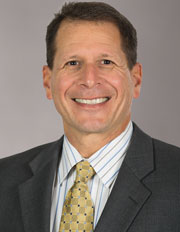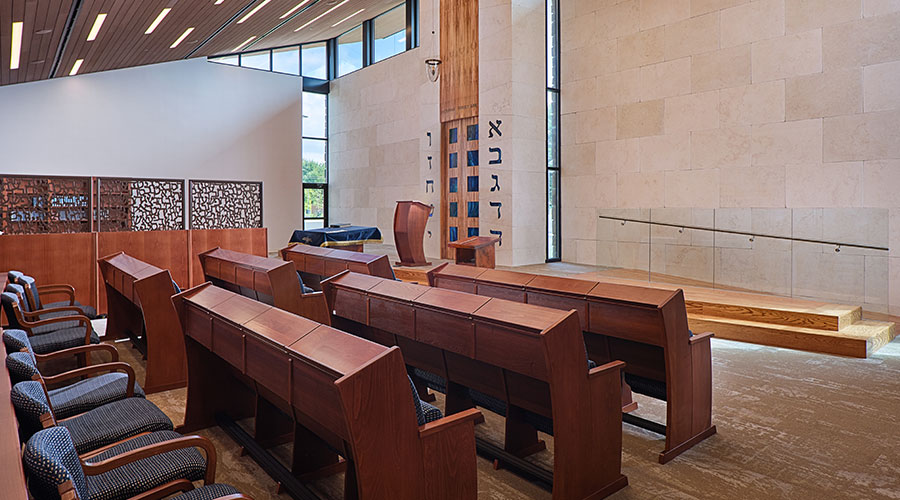Large Portfolios Bring Construction Challenges
Experienced, top-tier facility managers talk about their best practice strategies for juggling multiple construction projects at the same time.
In many organizations, facility managers are expected to oversee dozens or even hundreds of construction projects. They juggle limited resources, manage competing demands, and keep tabs on diverse projects. The goal, of course, is to complete those projects safely, on time, and within budget. And therein lies the challenge. Exactly how do they do it? Of course, there’s no single answer to that question. But experienced facility managers have developed an array of strategies that them keep multiple construction projects on track.
Getting planning right
It goes without saying that planning is crucial. What may not be so obvious is the need for that planning to be collaborative — to make sure everyone is on the same page about a project’s scope, schedule, and budget, says Nancy Bechtol, director, office of facilities management and reliability for the Smithsonian Institution. The Smithsonian’s real estate portfolio includes more than 600 buildings scattered across the globe, Bechtol says, and the organization has hundreds of projects underway at any one time, ranging from the renovation of the Air and Space Museum in Washington D.C., down to the renovation of a single gallery.
Bechtol notes that, because she’s in charge of running the facilities, she’ll focus on the things like the roof, walls, and HVAC systems. In contrast, the museum directors are more concerned about how well the collections will show, and how safe they’ll be.
“I want to build a solid facility,” she says. While her colleagues do as well, they’ll “look at it from our visitors’ points of view.” For instance, in choosing doors, museum management often wants clear visibility from the outside, so the museum appears inviting. Glass doors may seem like an obvious solution, but they won’t hold up to the millions of visitors the museums host each year.
The discussions to find a door that meets all requirements need to happen early on. “I’ll say, ‘I get it, you want as much glass as possible, but it needs a frame,’” Bechtol says.
To facility managers with large portfolios, planning, planning, planning is the equivalent of location, location, location to developers. “The first and foremost requirement is detailed planning during the design and approval process,” says John D’Angelo, interim vice president of facilities at The College of New Jersey. That means continually reviewing the construction schedule and tightening the time frame as more details are known.
 “It’s much easier and less stressful to set the expectations upfront.” — John D’Angelo, interim vice president of facilities management, The College of New Jersey
“It’s much easier and less stressful to set the expectations upfront.” — John D’Angelo, interim vice president of facilities management, The College of New JerseyIn his former position as vice president, facilities management at Northwestern University, D’Angelo developed an enviable record. He oversaw about 240 construction projects worth about $2.4 billion. All came in on time, and almost all — 99 percent — were completed either within or under budget, he says.
By taking a program point of view, rather than focusing on single projects, facility managers reduce the risk that one project gets in the way of another. For instance, they can try to schedule projects so that those underway at the same time don’t eliminate parking in an area. “Try not to schedule projects so that you’re creating more issues than you’re solving,” D’Angelo says.
D’Angelo seconds the importance of inclusive planning. Reasonable expectations are key. D’Angelo makes a point of discussing approved project budgets with both designers and end users. If they know the limits, they’re less likely to start adding elements that will drive costs over budget. “It’s much easier, and less stressful to set the expectations upfront,” he says.
When difficult conversations about budgets are unavoidable, D’Angelo advises “focusing on the process.” For instance, if an internal customer asks for changes that will boost costs beyond the amount approved, the project manager can let him or her know a process is in place to handle those requests. That takes the decision away from the project manager and moves it to the dean or provost, who can decide whether to allow the exceptions.
Related Topics:















